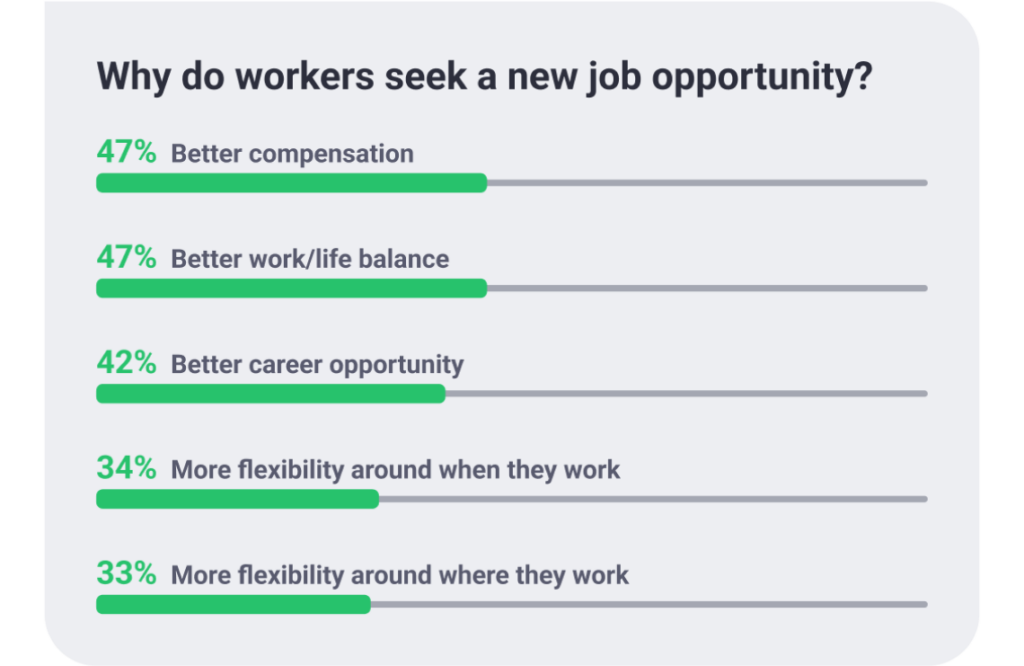Navigating the new normal: Is your Return-to-Office policy working for everyone?
Is your team ready to return to the office?
Make your Return-to-Office policy work for everyone.
Companies are calling their people back. But employees don’t want to go at least not full-time. How can companies create a return-to-office policy that works for everyone?
Our new guide, Navigating the new normal: Your guide to (re)building trust in hybrid work, unpacks the strategies behind effective, employee-centric, and adaptable return-to-office policies.
This isn’t another think piece. It’s a playbook.
Download Now
What’s in the Return-to-Office Guide
Making hybrid work
Get the data, insight and tools to lean into hybrid work in a way that works for everyone and improves productivity.
Practical proven
We put best practices into action with a playbook to design, build, implement and adjust your RTO policy.
Effective engagement
Our guide to balancing collaboration, data and experimentation helps you find an efficiency-boosting equilibrium.
Find the right Return-to-Office policy fit to enable your hybrid organization
Return-to-Office in the hybrid age
Up to 90% of companies plan return-to-office policies for the next 12-24 months. Nearly the same – 78% – are leaning into hybrid work. Because here’s the thing: RTO policies and flexibility aren’t separate. They’re inseparable. Partial RTO is increasingly common and exceedingly effective.


Resolve the tension at work
Almost 60% of employees are unhappy about returning to the office, and between 20% and 31% are already scoping new jobs. Still, most people are happy to return part-time (and on their terms). Bring your best people back from the brink by collaborating on a policy that works for everyone.
Return-to-Office by the numbers
Three years on from the sudden shift to remote work, we’ve got plentiful data on why distributed organizations do better. If you’re planning to recall your people to the office, you need to know why, when and how. Our eBook lays out the practical framework for assessing and designing a data-driven policy.








